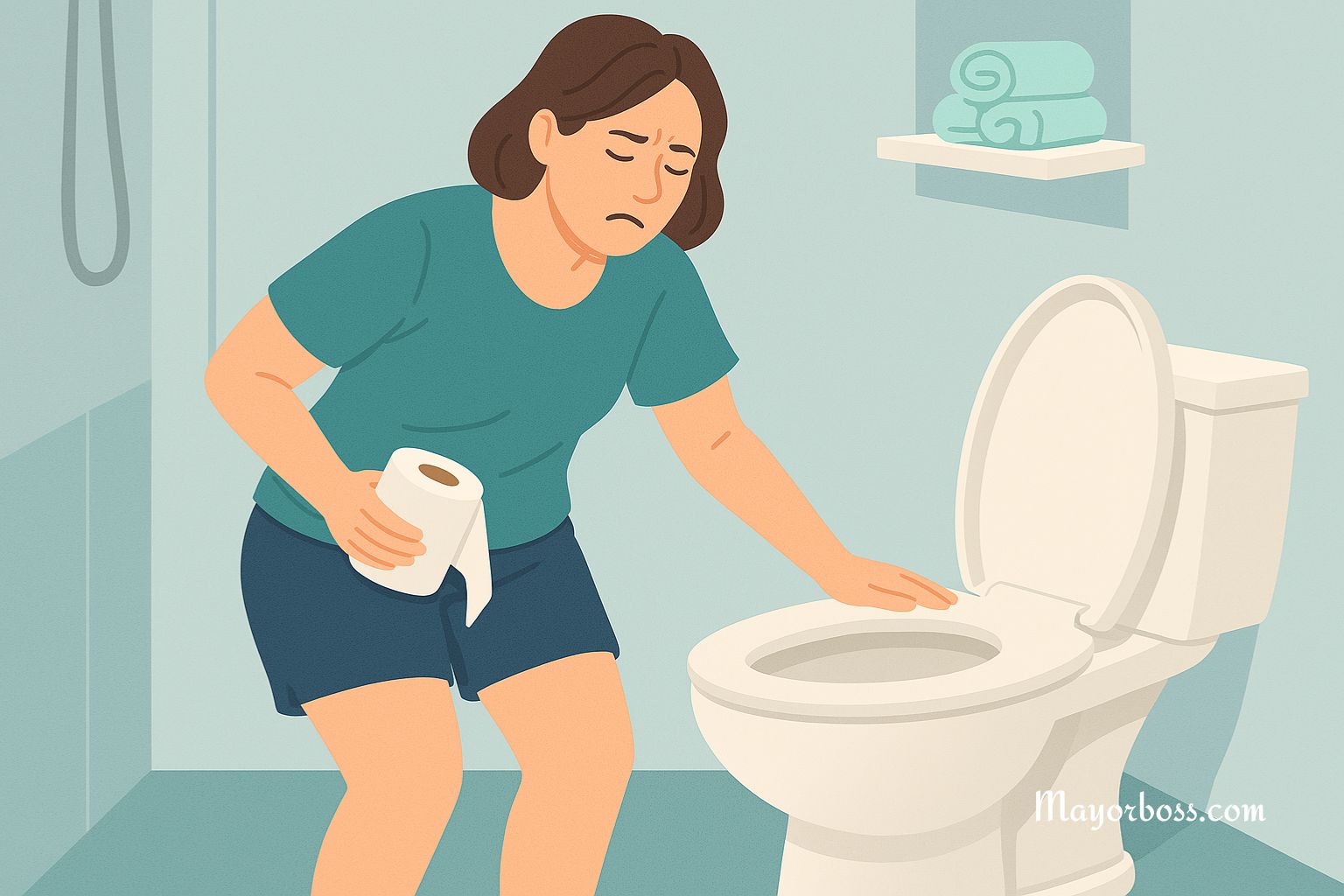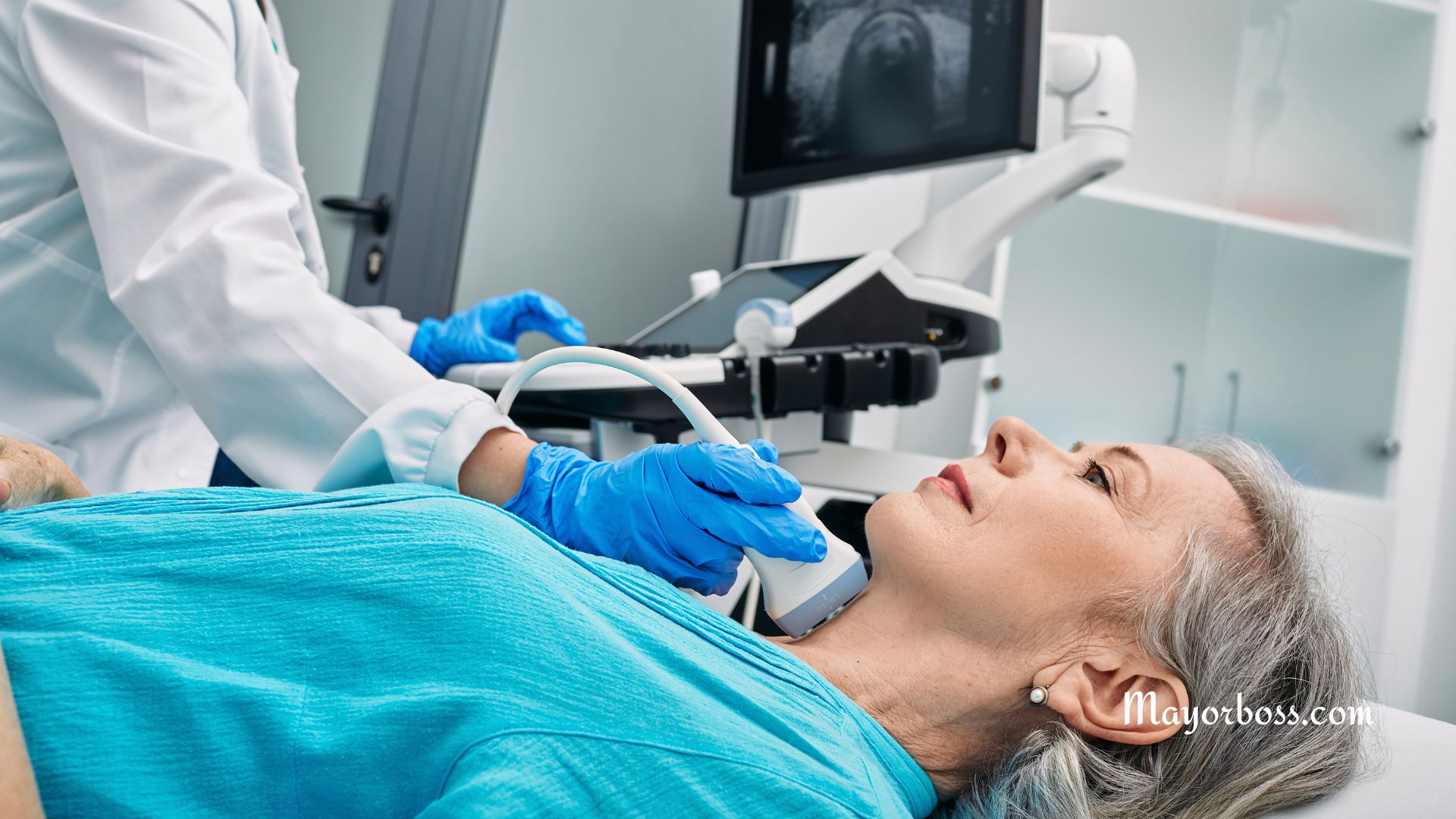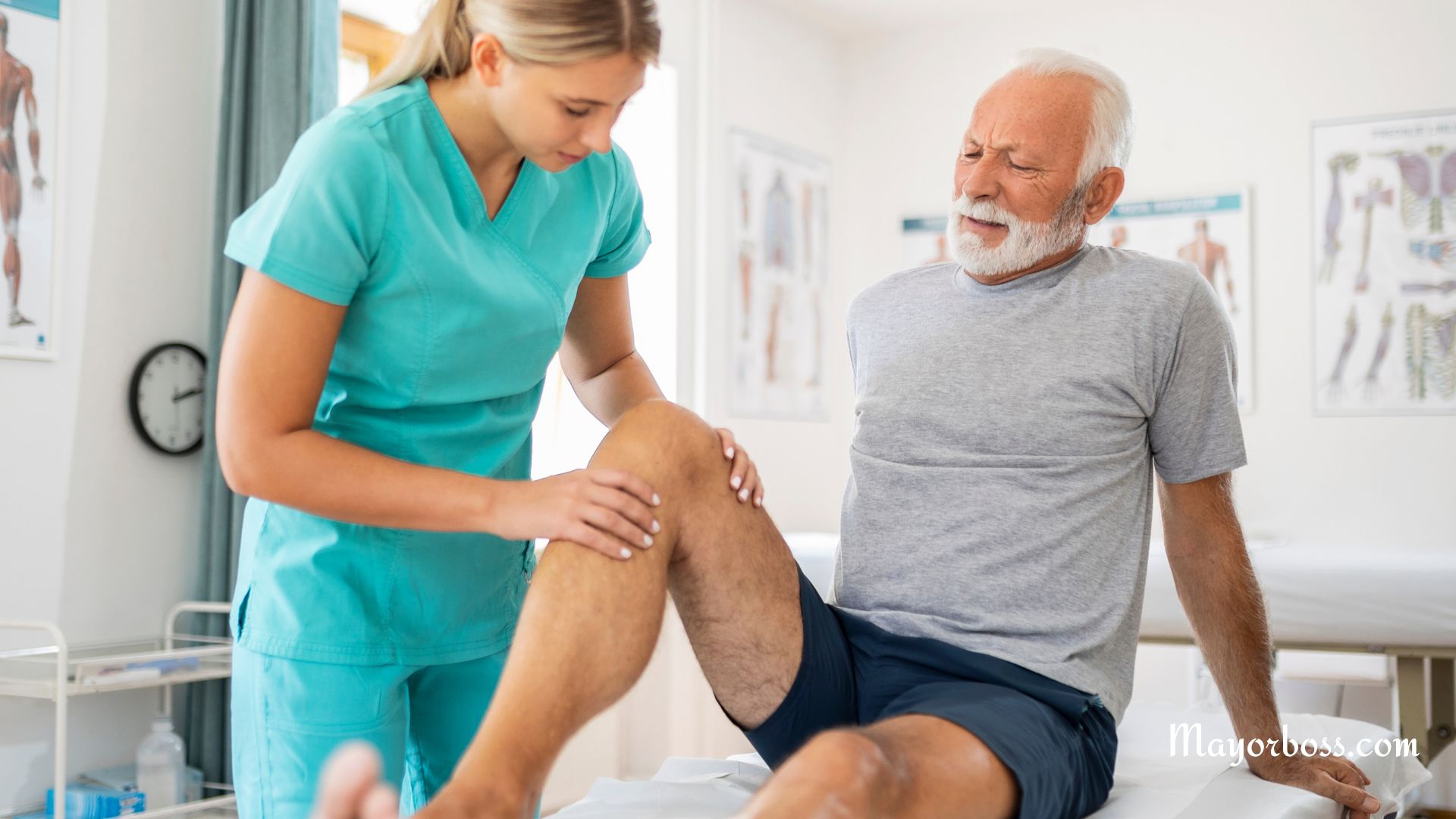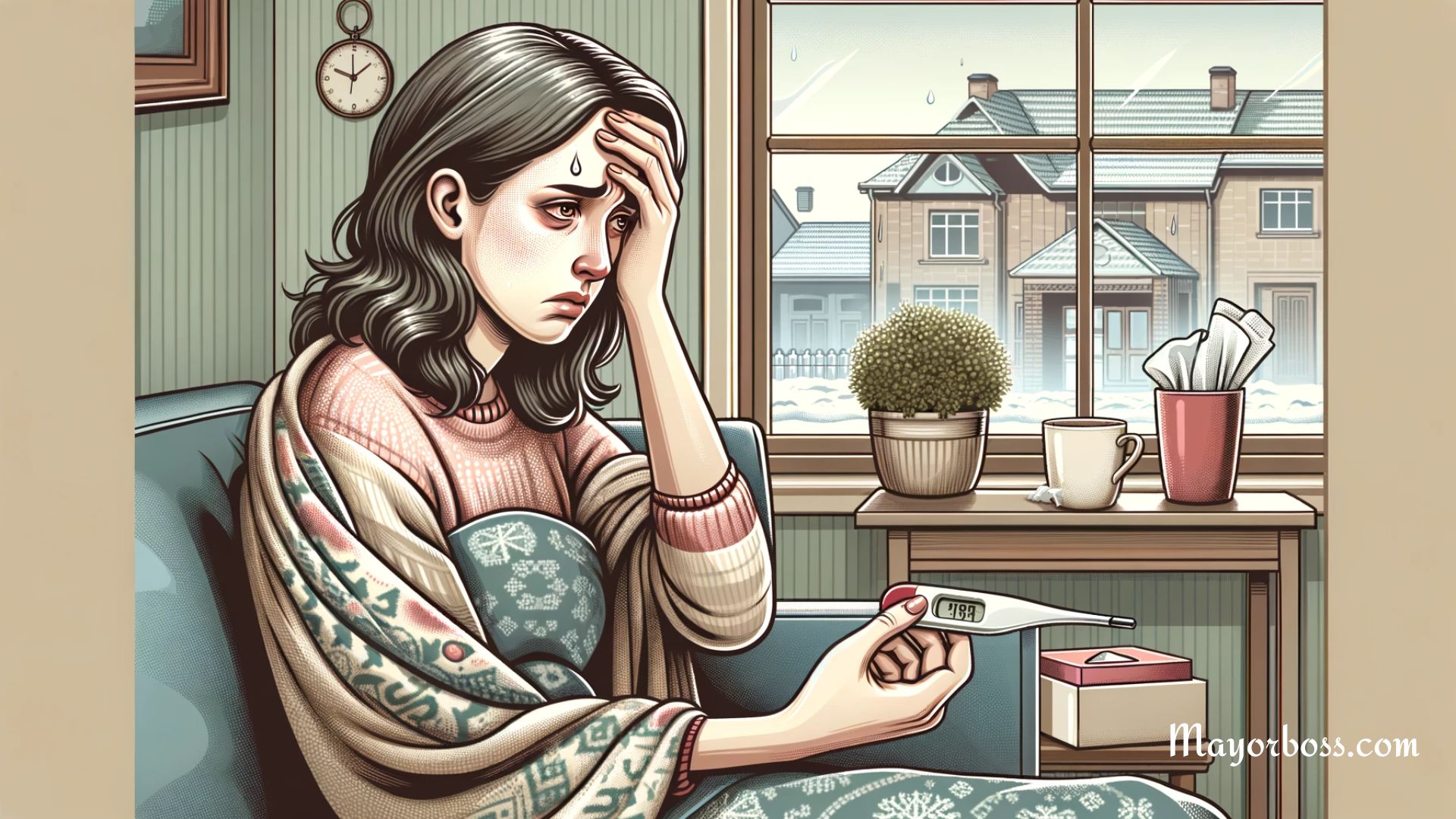Symptom of Clogged Arteries That May Appear While Exercising — Don’t Ignore It
Clogged arteries, also known as atherosclerosis, occur when fatty deposits build up on the walls of arteries. Over time, this buildup narrows the arteries, thereby making it harder for blood to flow. When you exercise, your heart needs more oxygen-rich blood. If your arteries are clogged, they may not deliver enough blood to your muscles and heart. This can cause noticeable symptoms.
One important symptom that may appear during exercise is chest pain or discomfort. This is called angina.
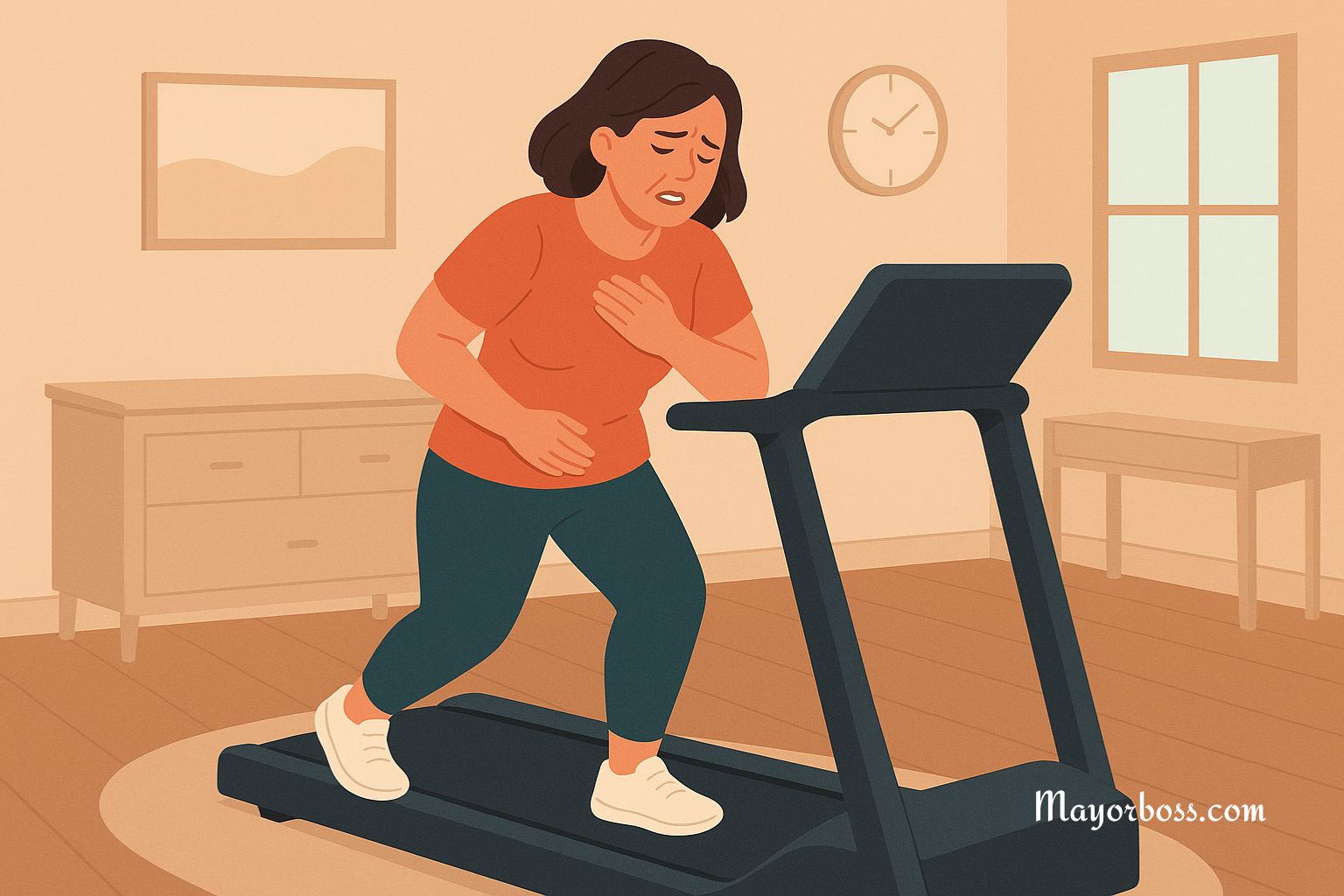
What Does Angina Feel Like?
Angina usually feels like pressure, squeezing, fullness, or pain in the center of your chest. Some people describe it as a tightness or a heavy weight pressing down. The discomfort can also spread to the arms, neck, jaw, shoulder, or back.
It often starts after physical activity, like walking up a hill or exercising at the gym. When you rest, the pain usually goes away within a few minutes.
Why Does Angina Happen During Exercise?
When you exercise, your heart works harder and needs more oxygen. If your arteries are narrowed, they cannot supply enough blood to meet the demand. The lack of oxygen causes chest pain. In some cases, the pain may be mild. Other times, it can be intense.
Ignoring angina is dangerous. It could mean that parts of your heart muscle are not getting enough blood, which raises the chance of a heart attack.
Other Symptoms That May Appear During Exercise
Sometimes clogged arteries cause more than chest pain during physical activity. Other signs include:
1. Shortness of Breath
You may feel like you cannot catch your breath, even if you are not pushing yourself hard. Shortness of breath can happen because your heart is not pumping blood efficiently.
2. Fatigue
Feeling unusually tired after light activity may signal clogged arteries. When the heart struggles to get enough oxygen, your muscles can tire more quickly.
3. Dizziness or Lightheadedness
If your brain does not receive enough blood, you may feel dizzy or faint during exercise.
4. Pain in Arms, Neck, Jaw, or Back
Sometimes, clogged arteries cause pain that is not in the chest at all. You might notice discomfort in your arm (especially the left one), your jaw, your back, or your neck. This kind of pain can also be a warning sign.
5. Nausea or Sweating
Some people break out in a cold sweat or feel nauseous when their heart does not get enough oxygen. These symptoms can happen even during mild exercise.
When to Seek Medical Help
If you experience chest pain, shortness of breath, dizziness, or unusual fatigue during exercise, you should stop immediately. These are signs that your heart may be under serious strain. Do not ignore them. Call your doctor and schedule an evaluation.
If chest pain is severe, lasts more than a few minutes, or does not go away with rest, seek emergency medical help. This could be a heart attack.
How Are Clogged Arteries Diagnosed?
Your doctor may recommend several tests to find out if you have clogged arteries. These include:
- Electrocardiogram (ECG): Measures your heart’s electrical activity.
- Stress Test: Looks at how your heart works during exercise.
- Echocardiogram: Uses ultrasound to show your heart’s structure and function.
- Angiography: Involves injecting dye into your arteries to see blockages on X-ray images.
- Blood Tests: Check for cholesterol and other markers linked to heart disease.
What You Can Do to Protect Your Heart
Preventing or treating clogged arteries requires action. Some important steps include:
- Exercise regularly: Physical activity strengthens the heart and improves blood flow. Always talk to your doctor first if you have symptoms.
- Eat a heart-healthy diet: Choose fruits, vegetables, whole grains, lean proteins, and healthy fats.
- Manage cholesterol and blood pressure: High levels can damage artery walls.
- Quit smoking: Smoking greatly increases the risk of atherosclerosis.
- Maintain a healthy weight: Extra weight strains the heart.
- Control blood sugar: If you have diabetes, good control helps protect your arteries.
Final Thoughts
Chest pain during exercise should never be ignored. It can be a warning that your heart is not getting enough blood because of clogged arteries. Other signs like shortness of breath, dizziness, unusual fatigue, or pain in other areas of your body may also appear. If you notice any of these symptoms, stop exercising and contact your doctor.

